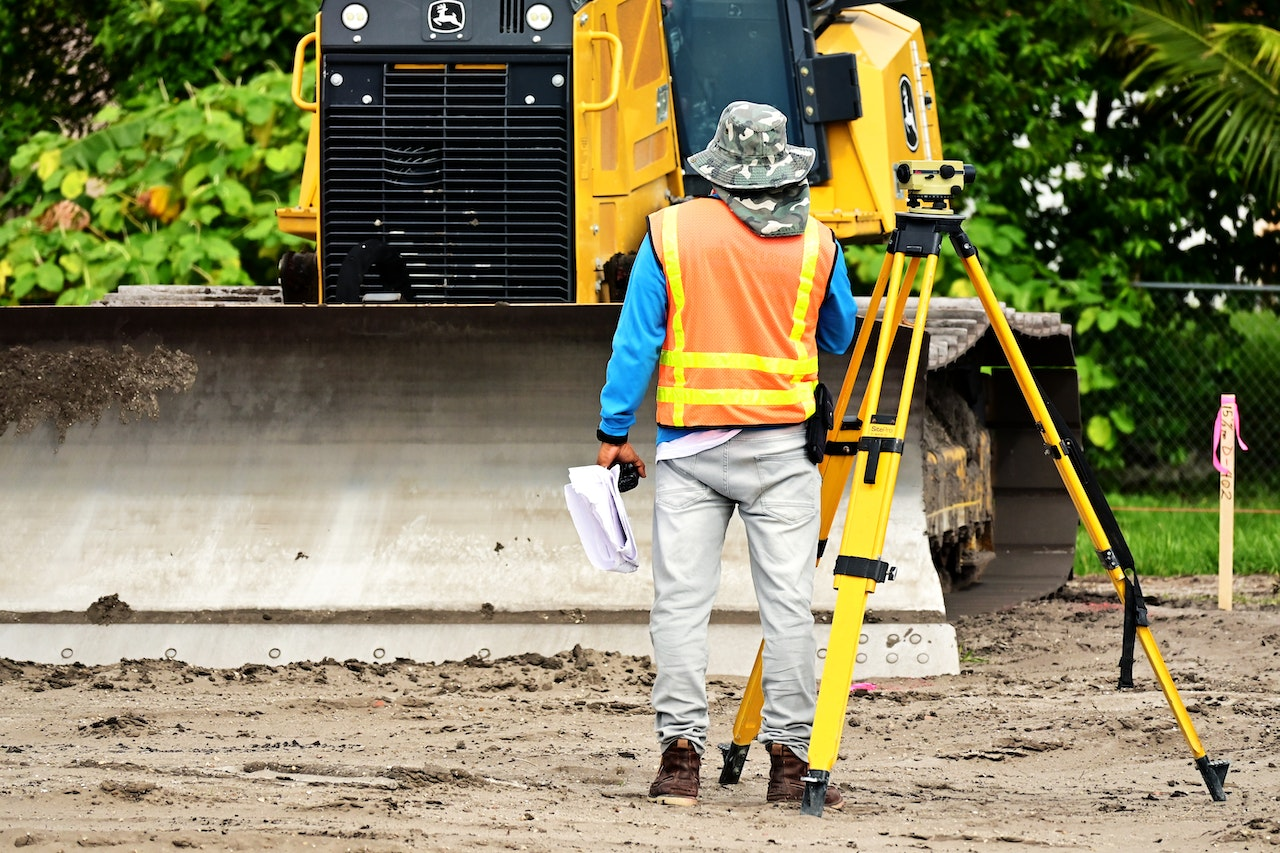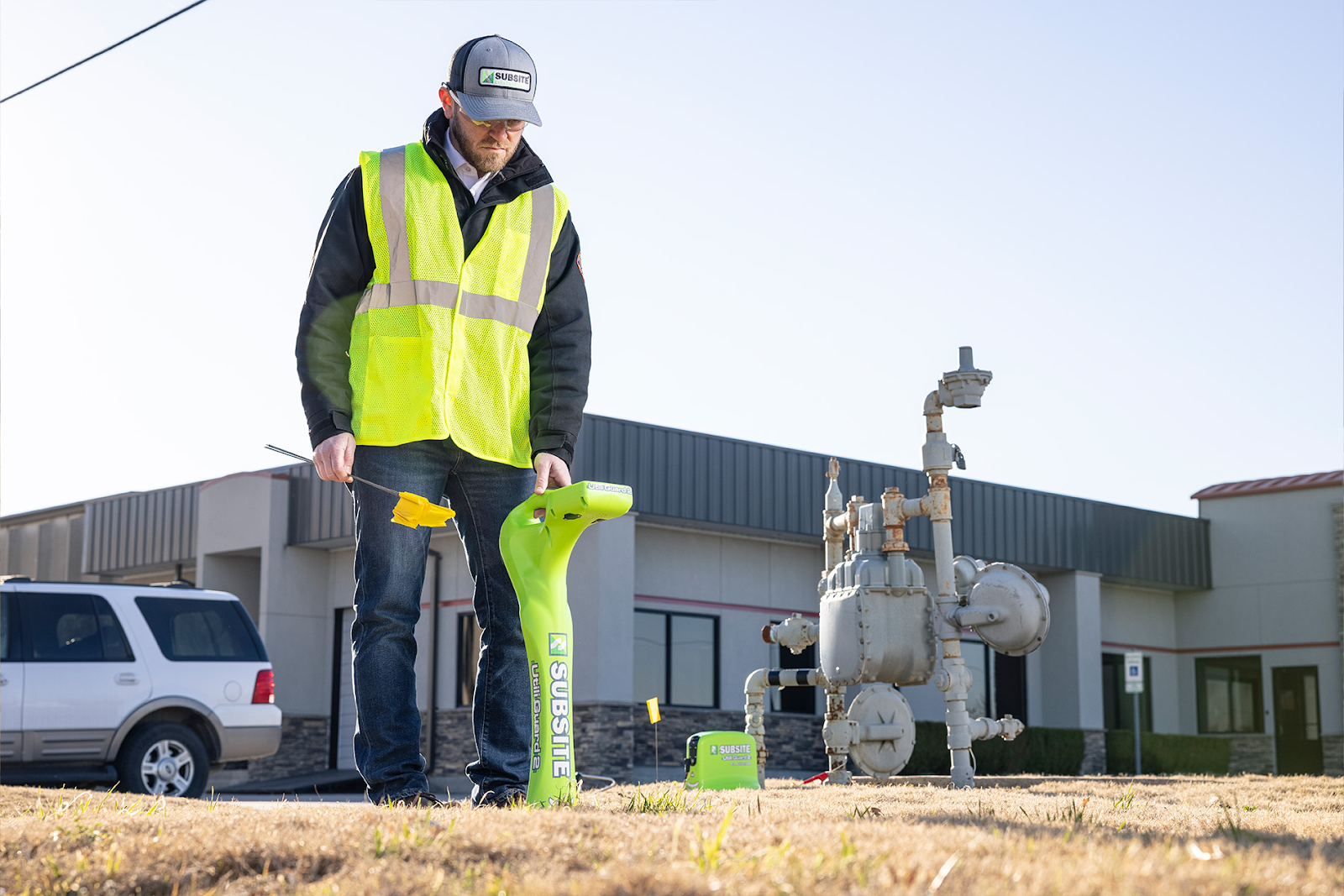The Basics of Utility Locating: A Guide for Beginners
Have you ever wondered what lies beneath the ground before you start digging? Whether you're a homeowner planning a landscaping project or a construction professional working on a major development, utility locating is an essential step in preventing costly and dangerous accidents. Understanding the basics of utility locating is crucial for anyone involved in excavation work. In this guide, we'll walk you through the fundamentals to help you get started.
What is Utility Locating?
Utility locating refers to the process of identifying and marking the underground utilities, such as gas, water, sewer, electricity, and communication lines, before any excavation takes place. These utilities are vital to our everyday lives, but they are hidden from sight, making it crucial to locate them accurately to avoid any damage during digging.
The importance of utility locating cannot be overstated. Striking an underground utility can have severe consequences, ranging from service disruptions and costly repairs to serious injuries or even fatalities. Utility locating is a crucial safety measure that protects both the workers and their community.
How is Utility Locating Done?
Utility locating is performed using a variety of tools and techniques. Here are the key steps involved:
Contact Local Utility Companies: Before you start any digging, it's essential to contact the local utility companies or the relevant authority in your area. They will provide you with information about the utilities in your vicinity and may even send someone to mark the locations of underground lines.
Use Ground Penetrating Radar (GPR): Ground Penetrating Radar is a non-destructive technique that uses radar pulses to create images of subsurface structures. It can detect buried utilities and provide valuable information about their depth and location.
Employ Electromagnetic Locators: Electromagnetic locators are handheld devices that detect the electromagnetic fields generated by underground utilities. By sweeping the area with these locators, you can identify the presence and approximate location of buried utility lines.
Utilize Utility Maps and As-Built Drawings: Utility maps and as-built drawings are valuable resources that provide information on the location of underground utilities. These documents are typically available from utility companies and can help you get a general idea of where to expect the utilities.
Conduct Visual Inspections: In some cases, you may be able to visually identify utility lines by looking for signs such as aboveground utility boxes, markers, or exposed pipes.
Best Practices for Utility Locating:
Plan and Prepare: Always plan your excavation carefully and allow enough time for utility locating. Include utility locating as a standard part of your project's timeline and budget.
Collaborate with Professionals: If you're unsure about the utility locating process or lack the necessary equipment, it's best to consult with professional utilities locating services.
Double-check the Markings: When utility lines are marked, take the time to verify the markings before proceeding with any excavation. Ensure the markings are clear, accurate, and easily identifiable to prevent any confusion or mistakes.
Excavate with Caution: Even with accurate utility locating, it's important to excavate with caution. Use hand tools or vacuum excavation methods near the marked areas to avoid accidental damage.
Update As-Built Drawings: After completing the project, update the as-built drawings to reflect any changes made to the utilities. This updated information will be valuable for future utility locating endeavors.
Other recommended posts





Comments
Post a Comment